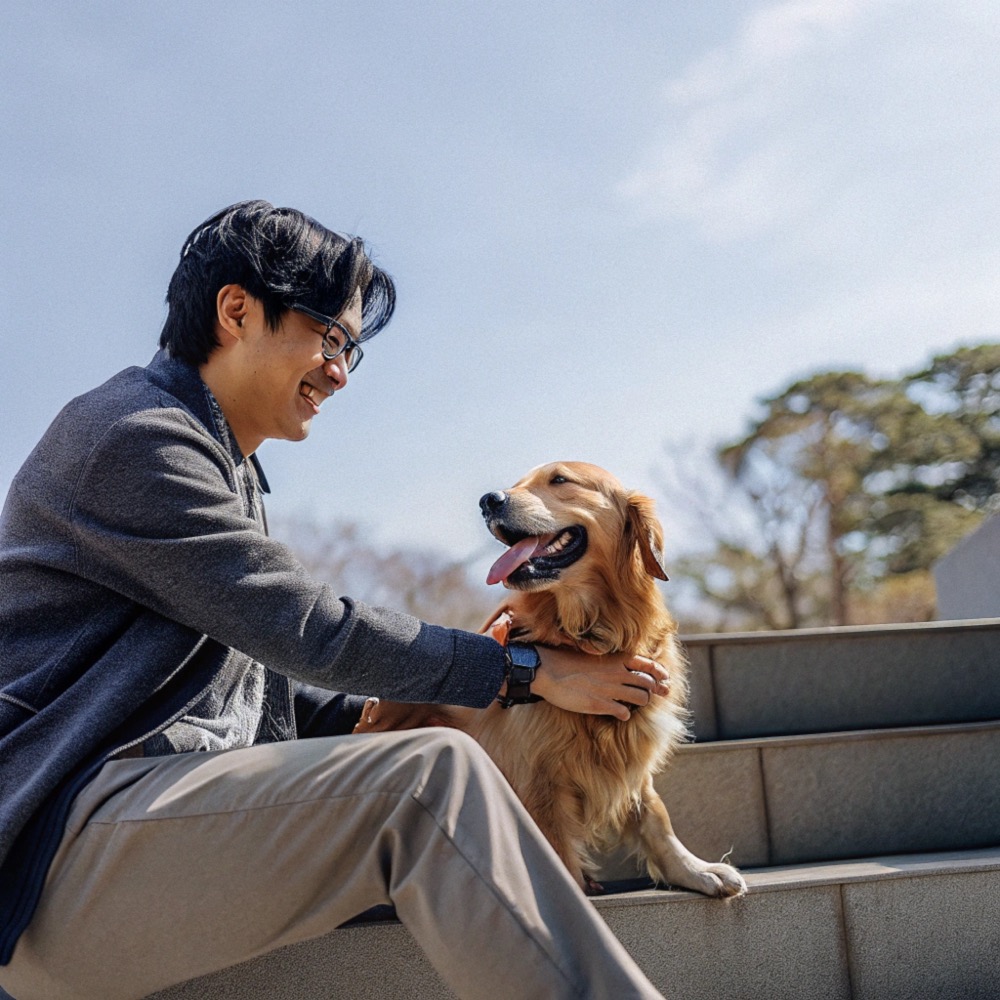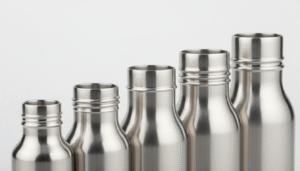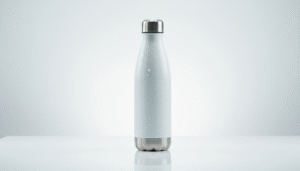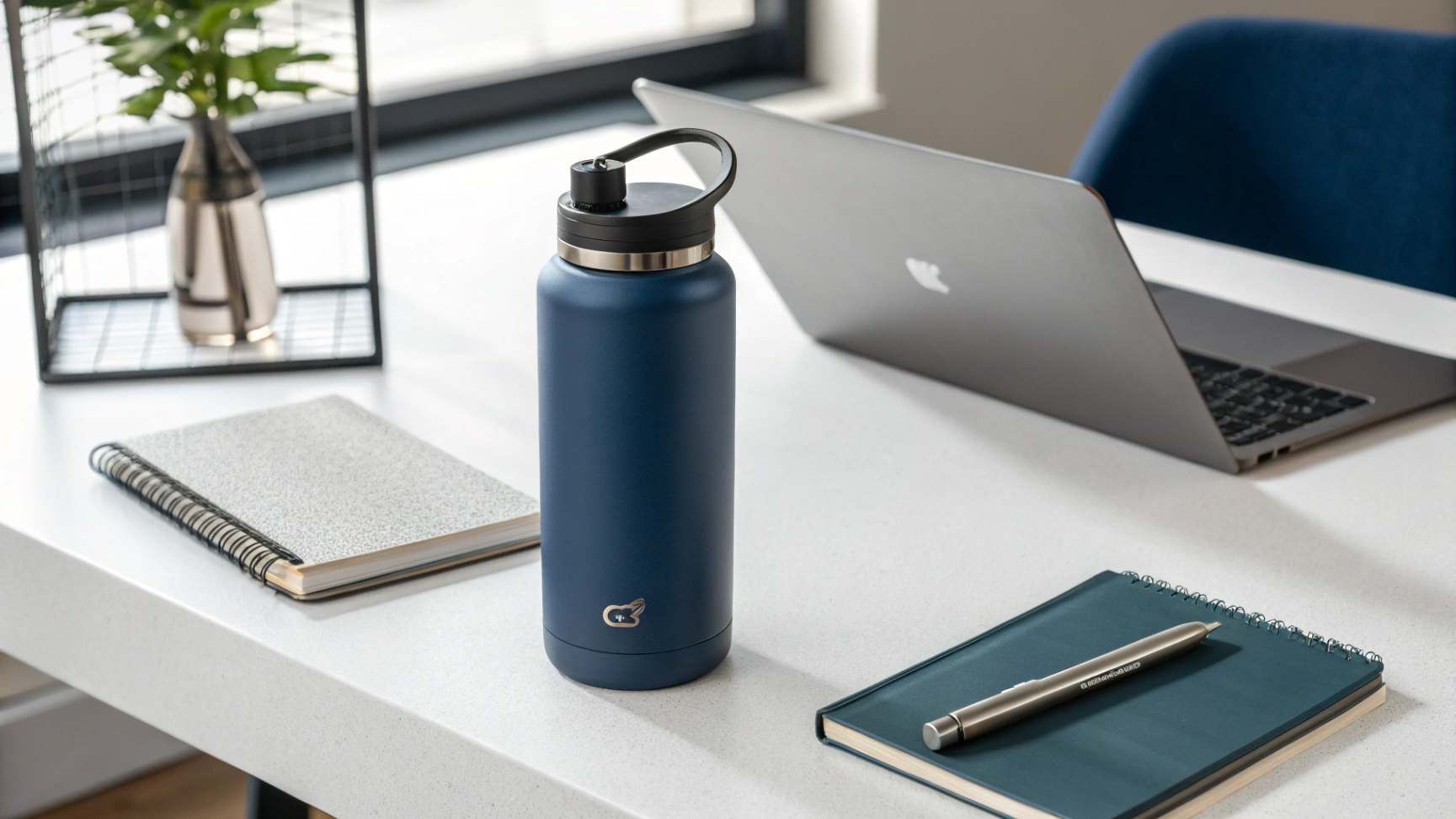
Strategic customization goes beyond simple logo printing. The key lies in aligning bottle characteristics with your brand positioning, selecting appropriate decoration methods, choosing between OEM/ODM models, designing impactful packaging, and maintaining strict quality control throughout the process.
At Cupique, I've helped hundreds of B2B clients navigate the complex world of custom water bottle manufacturing. After producing over 3 million units annually, I've learned that successful customization requires strategic thinking beyond basic branding.
Strategic customization enhances brand impact beyond simple logo printingTrue
The snippet emphasizes that strategic customization involves aligning bottle characteristics, decoration methods, and packaging to boost brand impact.
Custom stainless steel water bottles are always the most cost-effective option for businessesFalse
The snippet indicates that businesses need to balance quality, cost, and brand impact when choosing the customization approach, suggesting cost is not the only factor.
How to Define Your Customization Scope to Match Brand Goals
Many businesses make the mistake of treating customization as just adding their logo. This approach misses huge opportunities for brand differentiation and customer connection.
Effective customization scope definition involves matching bottle characteristics like material grade, coating texture, cap design, and ergonomic features with your brand positioning and target market expectations.
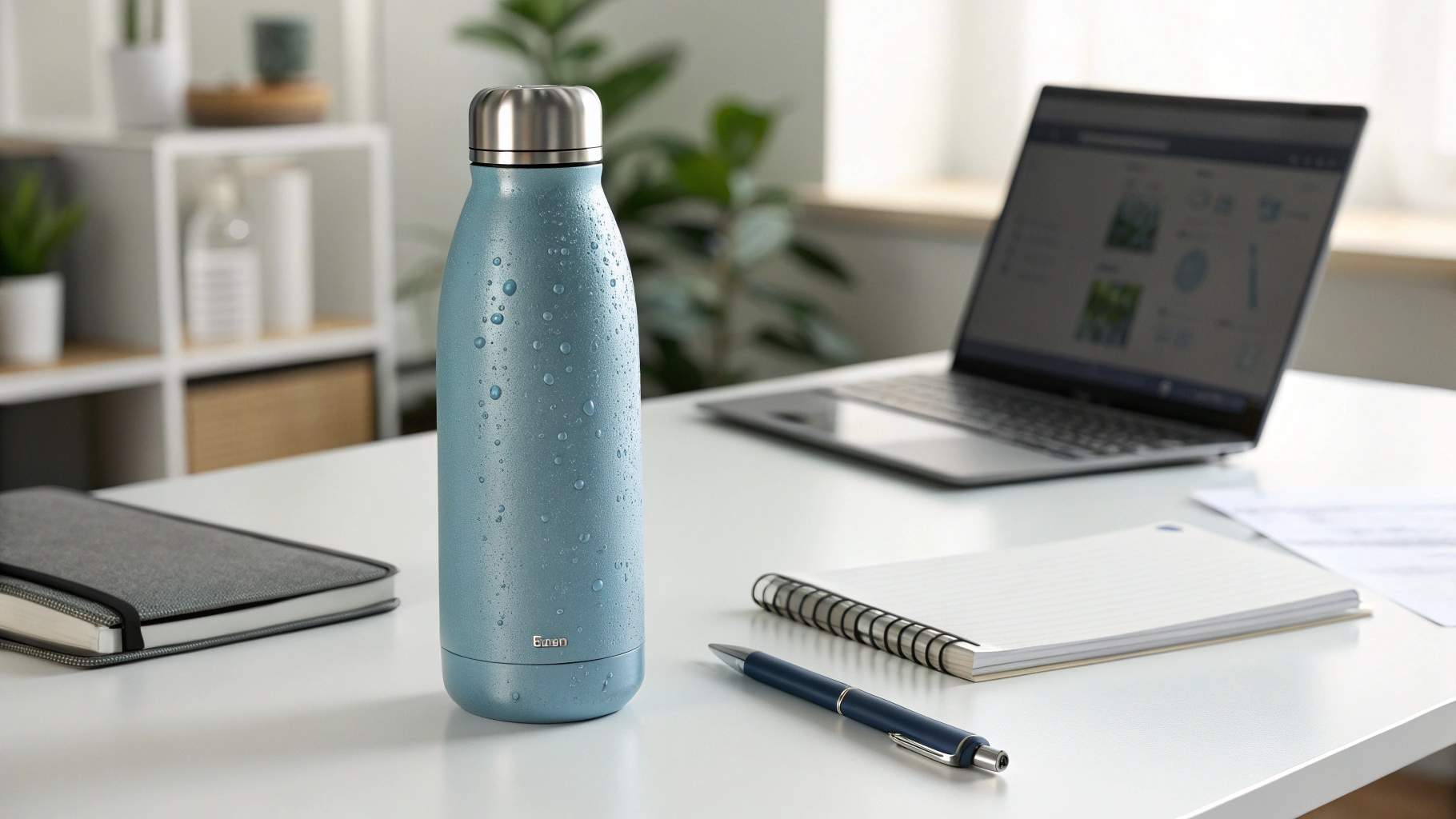
Strategic Material Selection Based on Brand Positioning
Your material choice sends a powerful message about your brand values. I always recommend 316 stainless steel for premium brands targeting health-conscious consumers or harsh environments. The superior corrosion resistance justifies the higher cost when your brand promises durability and safety.
For mainstream retail brands, 304 stainless steel offers excellent value while maintaining food-grade safety standards. The decision impacts not just cost but also your brand's perceived quality level.
| Brand Positioning | Recommended Material | Key Benefits | Typical Applications |
|---|---|---|---|
| Premium/Luxury | 316 Stainless Steel | Superior corrosion resistance, medical grade | Corporate gifts, high-end retail |
| Mainstream | 304 Stainless Steel | Food-grade safe, cost-effective | Promotional items, general retail |
| Budget-Conscious | 201 Stainless Steel | Lower cost, basic functionality | Mass promotional campaigns |
Coating and Texture Alignment
The surface treatment you choose dramatically affects brand perception. Matte finishes convey sophistication and premium feel, perfect for executive gifts or luxury brands. Skin-touch coatings provide comfort and uniqueness, ideal for sports and outdoor brands.
Powder coating offers durability and vibrant colors, suitable for youth-oriented or energetic brands. Each option requires different minimum order quantities and affects your per-unit cost structure.
Ergonomic Design Considerations
Your bottle's shape and grip design should reflect your brand's understanding of user needs. Sports brands benefit from contoured grips and wider mouths for easy drinking during exercise. Office-focused brands might prioritize slim profiles that fit cup holders and professional aesthetics.
Effective customization goes beyond just adding a logoTrue
Customization should match brand positioning and customer expectations, not just logos.
Customization only requires adding a logo to the productFalse
Effective customization involves aligning multiple product characteristics to brand goals.
Printing vs Engraving: How Should B2B Buyers Choose the Best Decoration Method
The decoration method you choose affects durability, appearance, cost, and brand perception. Each technique serves different business objectives and budget constraints.
Laser engraving offers permanence and premium feel, ideal for high-end corporate gifts. Screen printing and UV printing provide cost-effective solutions with excellent color reproduction for large-volume promotional products.
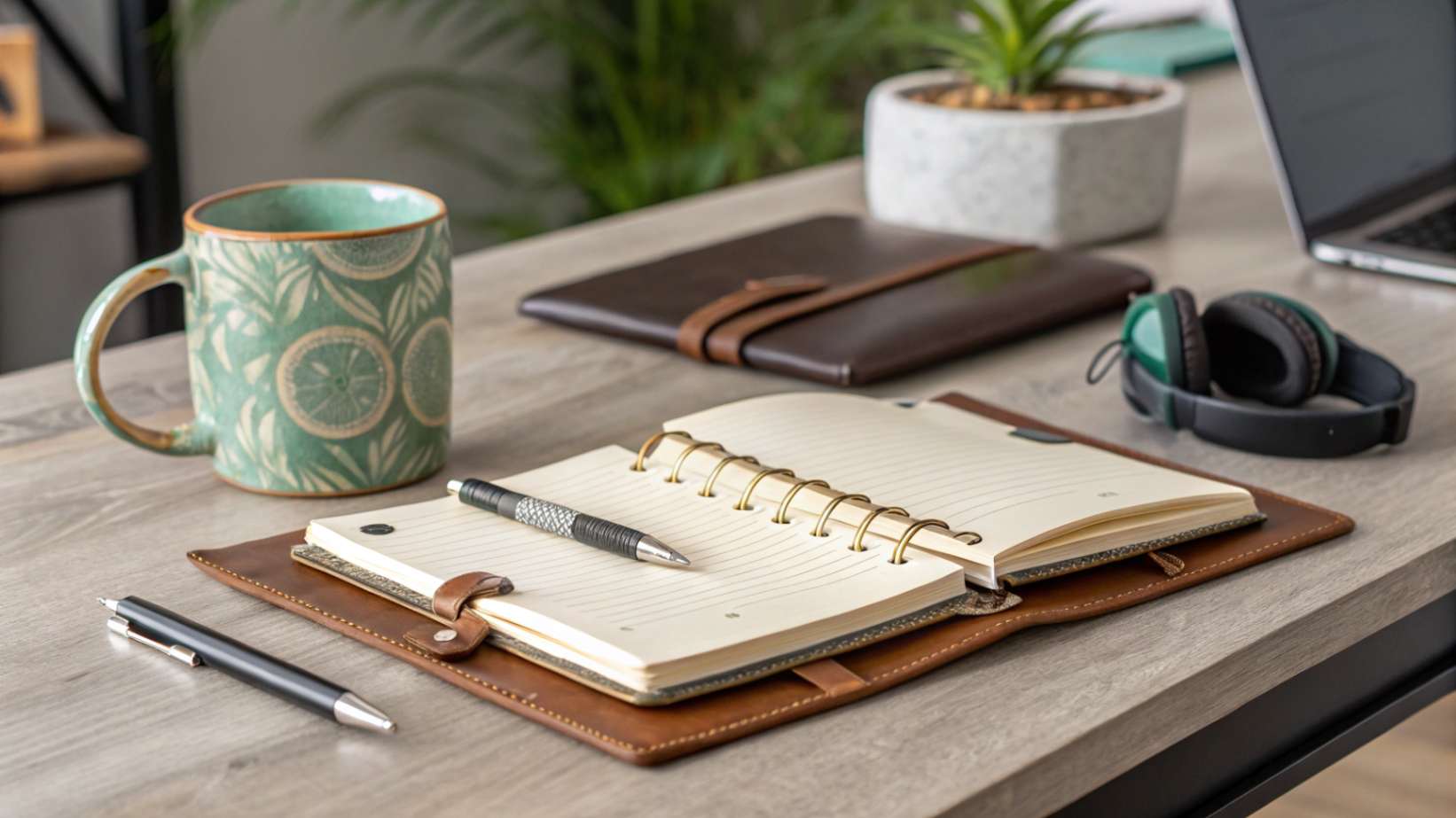
Laser Engraving: Premium Permanence
Laser engraving creates permanent marks that won't fade, peel, or wear off. This method works exceptionally well for corporate gifts where longevity matters. The subtle, sophisticated appearance appeals to professional audiences.
However, laser engraving limits you to single-color designs and works best on certain surface treatments. The per-unit cost is higher, making it suitable for smaller quantities or premium positioning.
| Decoration Method | Durability | Color Options | Cost Level | Best For |
|---|---|---|---|---|
| Laser Engraving | Permanent | Single color | High | Corporate gifts, premium brands |
| Screen Printing | Good | Multiple colors | Low-Medium | Large volume promotions |
| UV Printing | Excellent | Full color | Medium | Retail products, detailed designs |
| Heat Transfer | Good | Full color | Medium | Complex graphics, photo reproduction |
Screen Printing: Cost-Effective Volume Solution
Screen printing excels for large quantities with simple designs. The process allows multiple colors while maintaining reasonable costs. Modern screen printing techniques provide excellent adhesion on various coatings.
I always recommend adhesion testing for screen printing, especially on powder-coated surfaces. The cross-hatch test helps predict long-term durability under normal use conditions.
UV Printing: Versatile Color Reproduction
UV printing offers the best balance between color capability and durability. This method handles complex designs, gradients, and photographic images effectively. The cured ink provides excellent scratch resistance and color retention.
UV printing works well on most surface treatments and allows for variable data printing, enabling personalization within large orders. This flexibility makes it ideal for retail brands offering customization services.
Laser engraving is best for high-end corporate giftsTrue
The passage states that laser engraving offers a premium feel, making it ideal for high-end corporate gifts.
Screen printing and UV printing are more durable than laser engravingFalse
The passage does not state that screen printing and UV printing are more durable than laser engraving.
Custom Water Bottles: Is OEM or ODM Mode Better for Your Business
The manufacturing model you choose affects development time, costs, minimum orders, and product uniqueness. Understanding the differences helps you make strategic decisions aligned with your business goals.
ODM (Original Design Manufacturer) mode uses existing molds with modifications, reducing development time and costs. OEM (Original Equipment Manufacturer) mode enables complete customization but requires higher investment and longer timelines.
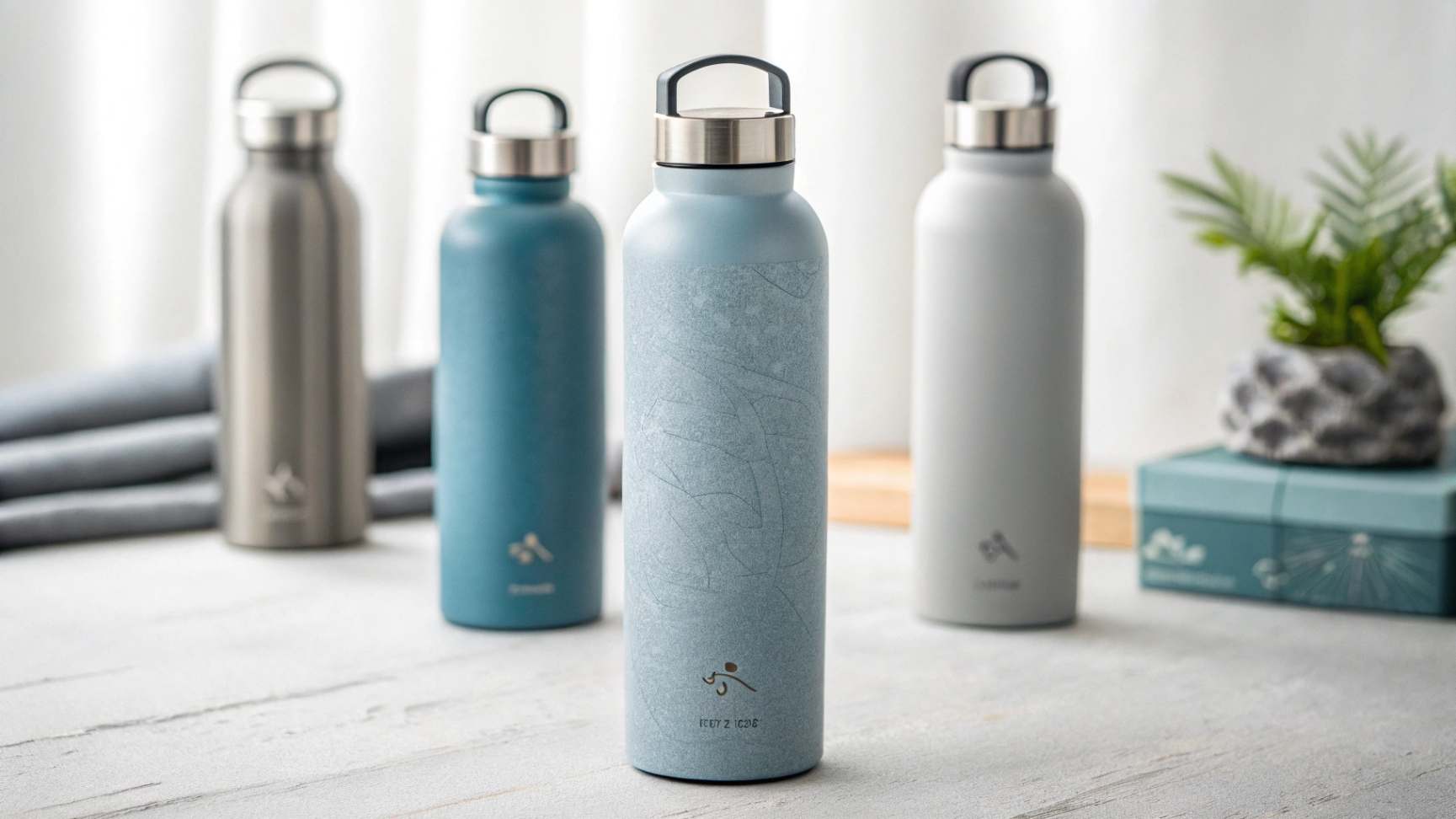
ODM: Speed and Cost Efficiency
ODM leverages our existing bottle designs and molds. You can modify colors, logos, packaging, and minor features without creating new tooling. This approach typically reduces development time from 45-60 days to 15-25 days.
The cost savings are significant. You avoid mold fees ranging from $3,000 to $15,000 depending on complexity. Minimum order quantities start lower, often 500-1,000 pieces versus 3,000-5,000 for full OEM projects.
OEM: Complete Customization Control
OEM projects give you complete design freedom. You can create unique bottle shapes, innovative cap mechanisms, proprietary features, and distinctive aesthetics that set your product apart completely.
This approach requires substantial upfront investment and longer development cycles. However, the resulting product becomes your exclusive design, providing competitive advantages and intellectual property protection.
| Aspect | ODM Mode | OEM Mode |
|---|---|---|
| Development Time | 15-25 days | 45-90 days |
| Mold Investment | $0 | $3,000-$15,000+ |
| Minimum Order | 500-1,000 pcs | 3,000-5,000 pcs |
| Design Freedom | Limited modifications | Complete control |
| Exclusivity | Shared design | Exclusive design |
| Risk Level | Low | Higher |
Hybrid Approach: Modified ODM
Many successful clients use a hybrid approach. They start with ODM to test market response and build sales volume. Once they prove demand, they invest in full OEM development for their best-selling products.
This strategy minimizes risk while building toward unique product differentiation. It also allows you to refine your requirements based on real market feedback before committing to expensive custom tooling.
ODM mode reduces development time and costsTrue
ODM mode uses existing molds with modifications, which reduces development time and costs.
OEM mode offers only partial customizationFalse
OEM mode enables complete customization, not just partial.
How to Enhance Brand Value Through Custom Packaging for Stainless Steel Water Bottles
Packaging represents your first physical brand touchpoint. Many businesses underestimate packaging's impact on perceived value and customer experience, especially in B2B contexts.
Strategic custom packaging significantly enhances product perceived value, strengthens brand identity, and creates memorable unboxing experiences that drive customer loyalty and word-of-mouth marketing.
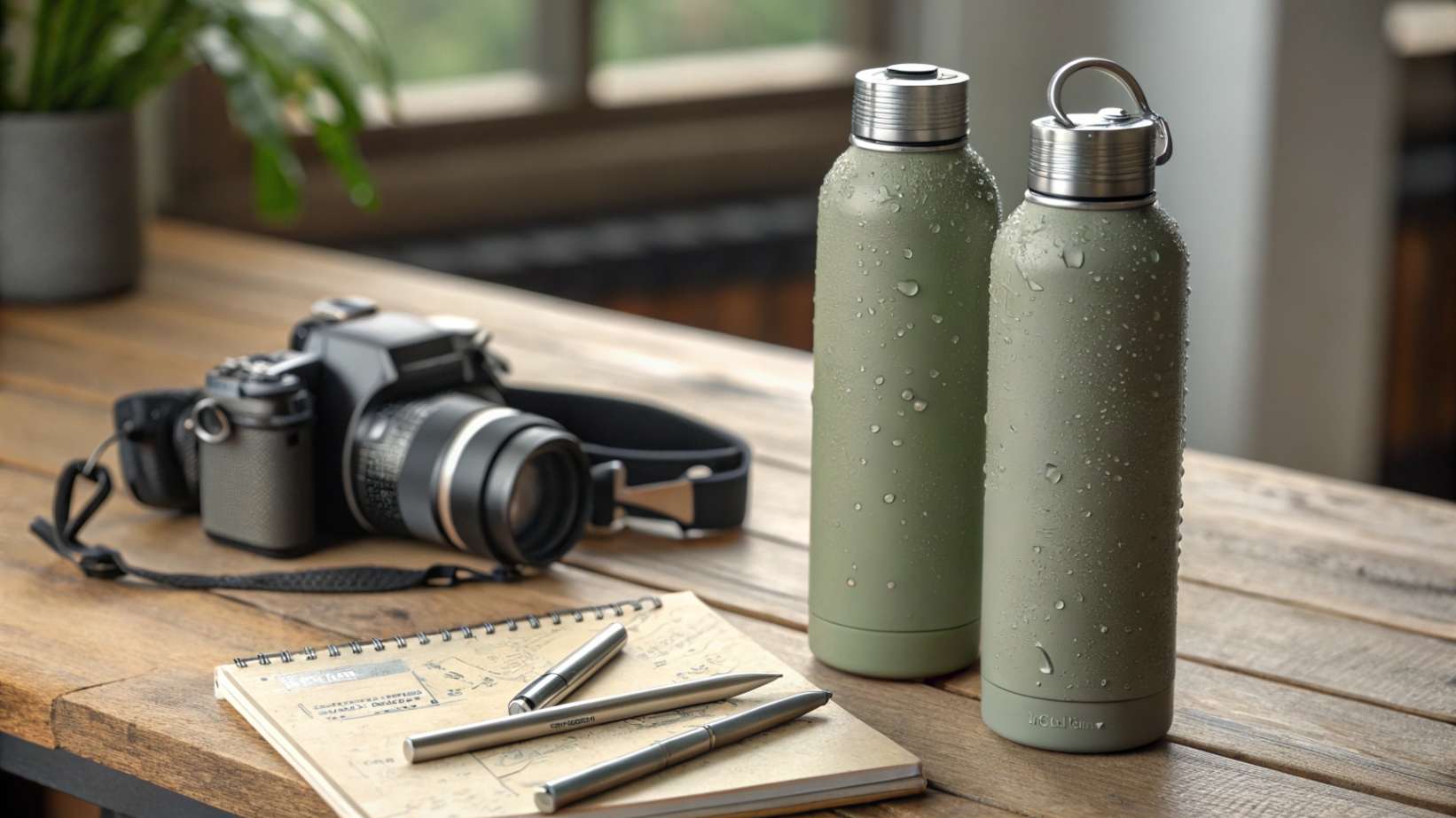
Premium Unboxing Experience Design
Your packaging should tell your brand story from the moment customers see it. I recommend starting with the outer shipping box design, especially for B2B clients who receive products at their offices.
Individual product boxes deserve equal attention. Magnetic closure boxes, custom inserts, and branded tissue paper create premium experiences that justify higher price points. These elements cost more but dramatically improve customer satisfaction and brand perception.
Sustainable Packaging Alignment
Environmental consciousness increasingly influences B2B purchasing decisions. Eco-friendly packaging materials like recycled cardboard, biodegradable inserts, and minimal plastic use align with corporate sustainability goals.
Many clients request FSC-certified packaging materials and plastic-free solutions. These choices support their own environmental initiatives while appealing to environmentally conscious end users.
| Packaging Element | Standard Option | Premium Option | Eco-Friendly Option |
|---|---|---|---|
| Outer Box | Plain brown box | Custom printed box | Recycled cardboard |
| Product Box | Simple white box | Magnetic closure box | Biodegradable materials |
| Interior Protection | Bubble wrap | Custom foam insert | Recycled paper padding |
| Brand Materials | Basic label | Premium cards/booklets | Seed paper inserts |
Information and Brand Story Integration
Your packaging should communicate essential product information clearly. Include care instructions, warranty details, and brand story elements that reinforce your value proposition.
QR codes linking to digital content extend the packaging experience. Customers can access setup videos, brand stories, or exclusive content that deepens their connection with your brand.
Gift-Ready Presentation
Many B2B orders serve as corporate gifts or employee appreciation items. Design packaging that requires no additional gift wrapping. This convenience adds value for your B2B customers while ensuring consistent brand presentation.
Consider seasonal packaging variations for holiday gifts or special occasions. These options create urgency and exclusivity while demonstrating your attention to customer needs.
Custom packaging enhances brand value and customer experienceTrue
The passage states that custom packaging significantly enhances perceived value, brand identity, and customer experience.
Packaging has no impact on brand value in B2B contextsFalse
The passage specifically states that packaging's impact on perceived value and customer experience is important in B2B contexts, contradicting this claim.
How to Effectively Control Quality, Safety, and Compliance in B2B Water Bottle Customization
Quality control in custom manufacturing goes far beyond visual inspection. B2B buyers need comprehensive systems ensuring product safety, regulatory compliance, and consistent quality across large orders.
Effective quality control requires multi-layer inspection including material certification, coating adhesion testing, printing accuracy verification, and thermal performance validation, combined with clear AQL standards and documented inspection procedures.
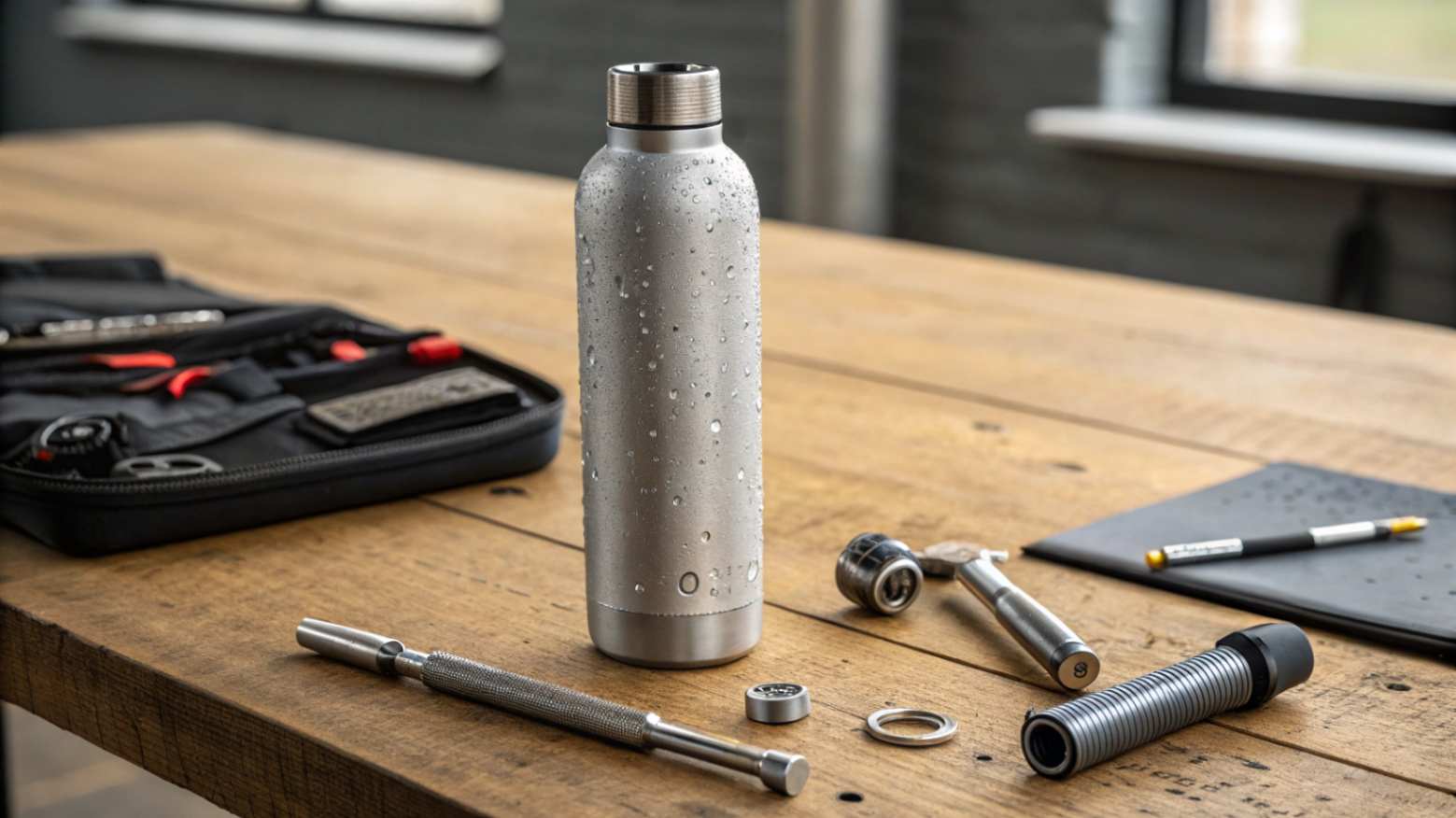
Material Certification and Safety Standards
Every batch of stainless steel must include material certificates confirming food-grade compliance. For European markets, LFGB certification is essential. FDA approval is required for US sales. These certificates should specify the exact steel grade and chemical composition.
I maintain relationships with certified testing laboratories for independent verification when customers require additional assurance. Third-party testing adds cost but provides crucial credibility for premium brands or regulated markets.
Coating and Printing Quality Assessment
Coating adhesion testing prevents future quality issues. The cross-hatch test involves making grid cuts through the coating and applying tape to test adhesion strength. Proper coating should show minimal removal during this test.
Printing quality requires multiple checkpoints. Color matching against approved samples, registration accuracy for multi-color designs, and durability testing under simulated use conditions all contribute to final quality assurance.
| Quality Check | Testing Method | Acceptance Criteria | Frequency |
|---|---|---|---|
| Material Grade | Certificate verification | Match specification | Every batch |
| Coating Adhesion | Cross-hatch test | <5% removal | Random sampling |
| Print Quality | Visual/color matching | 95% accuracy | Every production run |
| Thermal Performance | Temperature retention test | Meet specification | Sample testing |
| Safety Compliance | Certificate review | Valid certifications | Every shipment |
Thermal Performance Verification
Vacuum insulation performance directly affects customer satisfaction. I test random samples from each production batch to verify temperature retention meets specifications. Hot retention should maintain temperature above 60°C after 6 hours, while cold retention should keep beverages below 10°C for 12 hours.
Performance testing requires standardized procedures and controlled conditions. Variations in testing methods can produce inconsistent results, leading to customer complaints or warranty issues.
AQL Standards and Inspection Protocols
Establishing clear Acceptable Quality Limit (AQL) standards prevents disputes and ensures consistent quality expectations. I typically recommend AQL 1.5 for critical defects (safety issues), AQL 2.5 for major defects (functionality problems), and AQL 4.0 for minor defects (cosmetic issues).
Documentation is crucial. Every inspection should include photographic evidence, measurement records, and clear pass/fail decisions based on predetermined criteria. This documentation protects both parties and enables continuous improvement.
Effective quality control for custom water bottles requires multi-layer inspection and validationTrue
The passage states that effective quality control includes various inspection and testing procedures.
Visual inspection alone is sufficient for quality control in custom water bottle manufacturingFalse
The passage explicitly states that quality control goes beyond just visual inspection.
Conclusion
Strategic custom stainless steel water bottle manufacturing requires careful planning across design, decoration, manufacturing models, packaging, and quality control to achieve optimal brand impact and business success.

